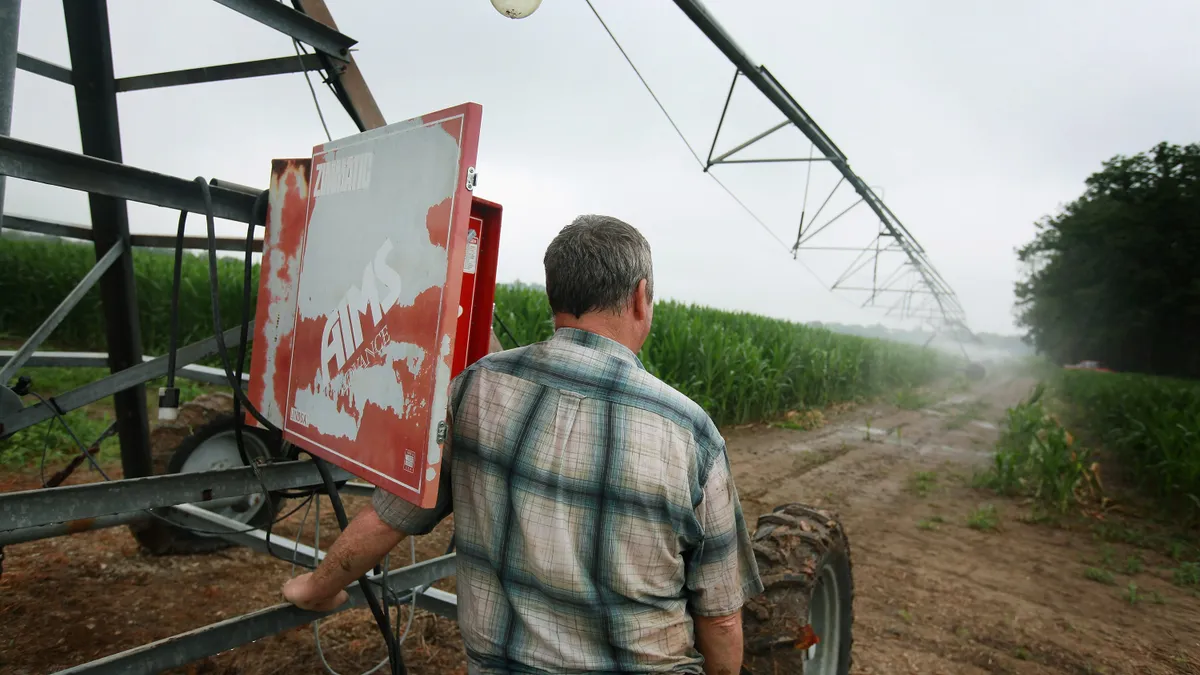Punishing heat across the central and eastern U.S. could dent this year's corn harvest as some farms begin reporting signs of crop failure.
Heat alerts have been issued by the National Weather Service for portions of the Midwest and Northeast as temperatures are expected to surpass 90 degrees Fahrenheit from the southern Great Lakes and Ohio Valley into parts of the Northeast through Saturday. When accounting for humidity, the heat index could surpass 100 F in some parts of the East Coast.
Most of the U.S. corn belt should withstand the high temperatures as crops have yet to move into their reproductive stages. The prospects of crop stress in the South, however, is higher as silking — the first stage of corn's reproductive period – has started.
"June is a bad time for a heat wave for corn across the southern United States," Brad Rippey, a meteorologist with the U.S. Department of Agriculture, said in a news update. "That is something we'll have to watch."
Hotter temperatures during pollination and silking could result in shorter ears of corn and fewer kernels per ear, ultimately reducing yields. In the major corn producing regions of the Midwest, crops have yet to reach the reproductive stage, Rippey said, making it more likely they'll fare better during this prolonged heat wave.
"If it were three or four weeks later, there would be significant concerns because corn would be moving into reproduction and some of the earlier planted soybeans would also be starting to bloom," he said.
Weather forecasts suggest this summer to be hotter than usual across the U.S., raising chances of crop disruption. The transition from El Niño to La Niña climate cycle could also influence temperatures, with some studies showing that La Niña is associated with hotter summers in the Midwest.











